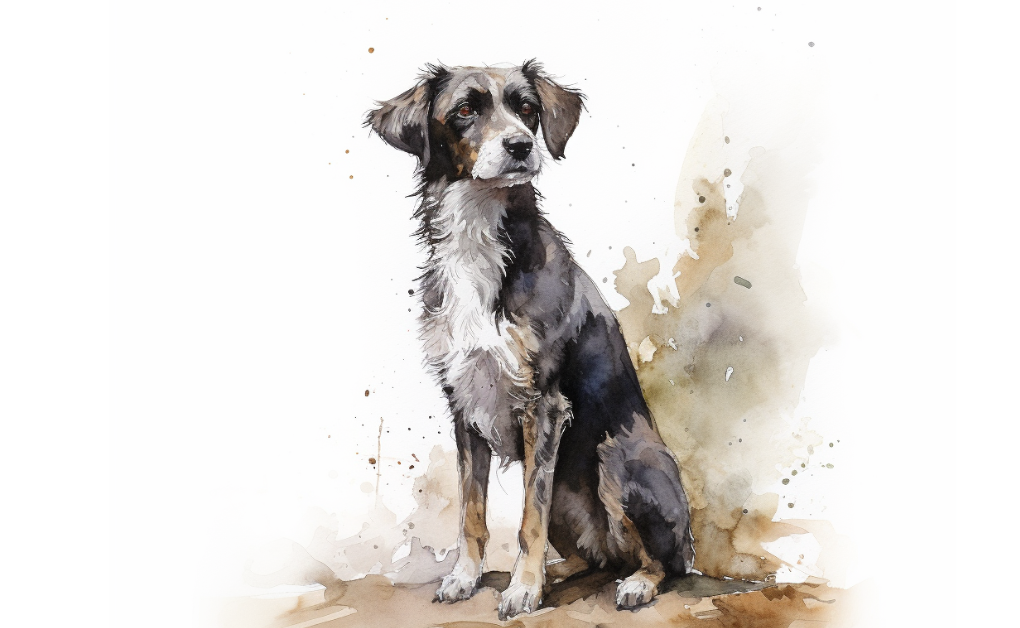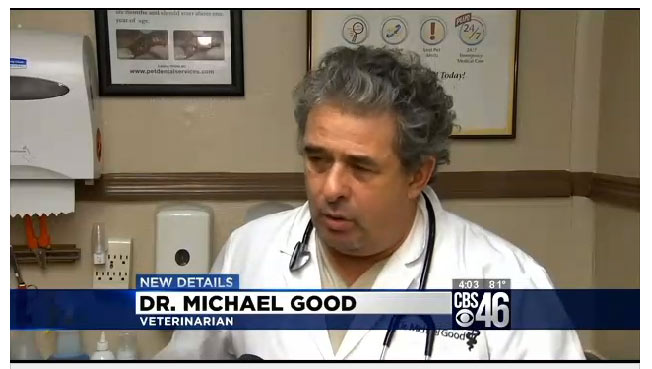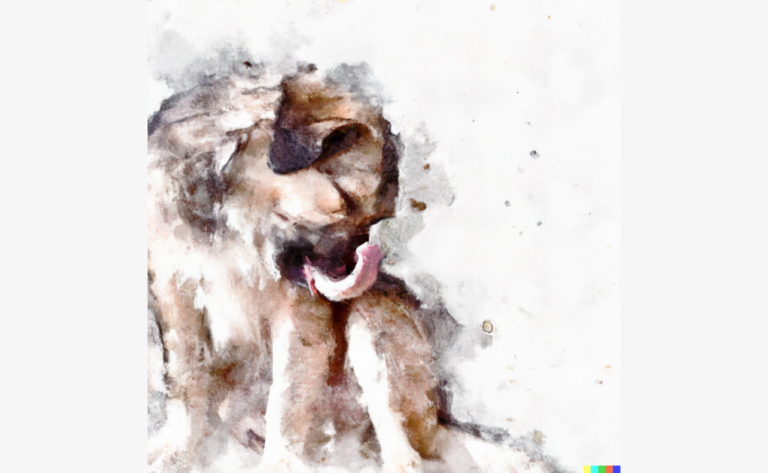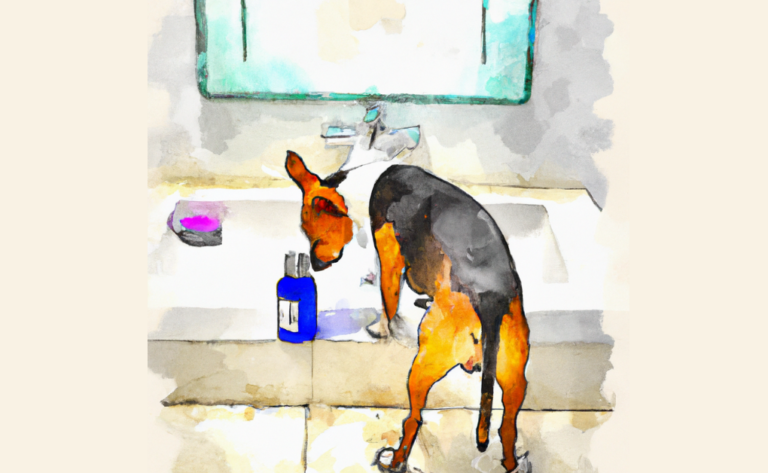Senior Dog Care: Diet, Checkups, Grooming & Exercise
Introduction
As Daisy, an affectionate 12-year-old Golden Retriever, entered her golden years, her owner Sarah realized that her care routine needed to adapt to the changes that came with age. Unsure of where to begin, Sarah embarked on a quest to learn how to provide the best care and support for her beloved senior dog.
As our cherished canine friends grow older, their requirements evolve, and understanding how to provide senior dog care can be challenging. Nevertheless, as dedicated pet owners, we aim to maintain our dog’s health and happiness for as long as possible. By offering appropriate care and attention, you can ensure that your elderly canine enjoys a high quality of life in its later years, surrounded by love and comfort.
Recognizing that senior dogs need extra care compared to their younger age is essential for providing the support they require during this stage of life. This guide covers everything from regular vet checkups to mental stimulation games. In addition, it will offer crucial tips on caring for older dogs, ensuring their well-being, and considering their body condition and cognitive dysfunction.
What Age Do Dogs Consider Seniors
There isn’t a specific age at which all dogs are considered seniors, as it can vary depending on the dog’s breed, size, and individual health factors.
- Smaller dog breeds tend to have a longer life expectancy and may only be considered seniors once they are around 10-12 years old.
- Medium-sized dogs might be considered seniors around 8-10 years of age
- Large and giant breeds may be considered seniors as early as 6-8 years old.
It’s important to note that these are general guidelines, and each dog is unique. A dog’s overall health, genetics, and lifestyle can all influence when they begin to show the first signs of aging. The environment can also help determine when a dog appears to age. Please consult your veterinarian to understand better when your dog should be considered a senior and discuss any necessary changes to their care routine to ensure a comfortable life. In addition, providing a supportive environment, such as pet beds for geriatric pets, can significantly contribute to their well-being.
An Active Lifestyle for an Older Dog Is Essential
Maintaining an active lifestyle is vital for senior dogs, as it helps them preserve their overall health and well-being. Regular exercise and mental stimulation can significantly impact an older dog’s physical, mental, and emotional health. In addition, physical activity assists in retaining muscle mass, flexibility, and mobility, which are crucial as dogs age. Exercise also aids in managing weight, reducing the risk of obesity and related health issues such as dental and kidney disease.
Physical activities for senior dogs should be customized to their abilities and health conditions. As a responsible pet parent, you must consult your veterinarian before starting a new exercise routine to care for your senior dog. However, here are some activities that can help maintain your older pet’s overall health and well-being:
- Gentle walks: Walking is a low-impact exercise that can help improve mobility and maintain muscle mass. Start with short walks and gradually increase the distance and duration, paying attention to your dog’s energy levels and comfort. This can help prevent weight gain and keep your dog fit.
- Swimming: Swimming is an excellent low-impact activity that provides a full-body workout for your senior dog without straining their joints. Ensure the water is shallow and warm, and always supervise your dog during swimming sessions.
- Indoor games: Play gentle indoor games like hide-and-seek or fetch with a soft toy. These activities can engage your dog’s mind and body without putting too much stress on their joints or dogs’ teeth.
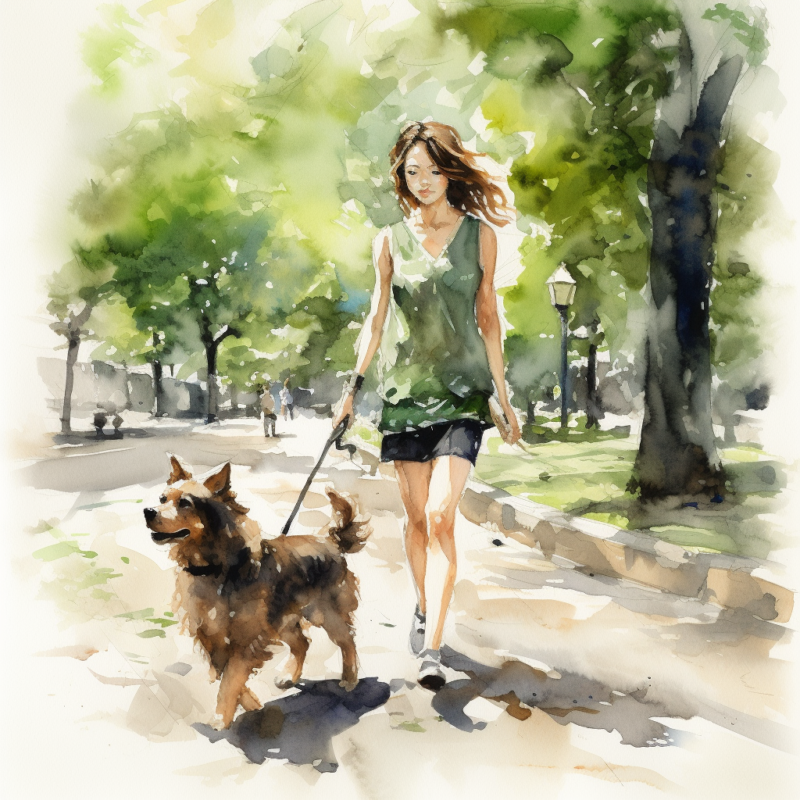
- Obedience training: Reinforcing basic commands or teaching new tricks can help keep your senior dog’s mind sharp and maintain their focus and obedience, just like a younger dog.
- Puzzle toys and food dispensing toys: These toys offer mental stimulation and can incorporate some physical activity as your dog moves the toy around to release the treats.
- Massage and stretching: Incorporate gentle massage and stretching exercises into your senior dog’s routine. These activities can help maintain flexibility, improve circulation, and ease aging.
- Socialization: Arrange playdates with other senior dogs or calm younger dogs, allowing your older dog to engage in social interaction and gentle play. Socialization can prevent signs of aging, such as lethargy and depression.
Constantly monitor your senior dog during physical activities and stop if they show discomfort or fatigue. Adjust the activities to your dog’s pace and ability, such as avoiding climbing stairs, to ensure their safety and well-being. By following these tips, you can effectively care for your older pet and promote a happy, healthy life.
Diet Adjustments for Senior Dog
Tailoring your senior dog’s diet is vital to ensure they receive the necessary nutrients for maintaining good health during their senior years. Here are some considerations for dog owners when adjusting your canine companion’s diet:
- Consult your veterinarian: Always talk to your vet before changing your dog’s diet. They can provide personalized advice based on your dog’s breed, size, health issues, and activity levels.
- Lower calorie intake: As dog’s age, their metabolism slows down, and they tend to be less active. Reducing their calorie intake is essential to prevent obesity, which can exacerbate age-related health issues. Adjust the portion size or switch to a senior-specific dog food with fewer calories per serving.
- High-quality protein: To care for a senior dog, provide easily digestible, high-quality protein sources to maintain muscle mass and support their immune system. Look for dog food with high-quality animal protein as the primary ingredient.
- Fiber: Incorporating fiber into your senior dog’s diet can help promote healthy digestion and support weight management. Choose a dog food with added fiber or supplement with natural sources like pumpkin or green beans.
- Omega-3 fatty acids: Omega-3 fatty acids, such as those found in fish oil, can help support joint health, reduce inflammation, and improve cognitive function in senior dogs, including arthritic dogs. Look for dog food with added omega-3s or consult your veterinarian about appropriate supplementation.
- Vitamins and minerals: Senior dogs may require additional vitamins and minerals to support their immune system and overall health. Look for a dog food formulated specifically for senior dogs, as it will contain the necessary balance of nutrients.
- Increased water intake: Older dogs can also be more prone to dehydration, so ensure they always have access to fresh water. It’s a good idea to consider switching to wet food or adding water to dry food to increase water intake.
- Monitor your dog’s weight: Regularly weigh your senior dog and adjust their food intake accordingly. If you notice any significant weight gain or loss, consult your veterinarian for advice.
If your dog develops age-related health issues like kidney or liver problems, consult your veterinarian for specific dietary recommendations to support their condition.
Schedule regular check-ups with us to monitor your senior dog’s health and make any necessary dietary adjustments. Like any other pet, senior dogs require ongoing attention to ensure they remain healthy and happy.
Regular Vet Check-ups
Regular check-ups are crucial for maintaining the health and well-being of your senior dog. As dogs age, they become more susceptible to various health issues, making early detection and intervention essential. Here’s how regular check-ups can help your senior dog:
- Early detection of health issues: Regular check-ups allow your veterinarian to detect potential health problems early. Early diagnosis and treatment can significantly improve your dog’s prognosis and quality of life.
- Monitoring chronic conditions: Senior dogs are likelier to develop chronic health conditions such as arthritis, heart disease, kidney disease, or diabetes. Regular veterinary visits help monitor these conditions and adjust treatment plans as necessary.
- Dental health: Dental problems are common in older dogs and can lead to pain, infection, and difficulty eating. Regular check-ups and dental cleanings can help maintain good oral health and prevent more severe issues.
- Dietary and exercise recommendations: Their nutritional and exercise needs may change as your dog ages. Regular check-ups allow your veterinarian to provide personalized recommendations to ensure your senior dog maintains a healthy weight and stays active.
- Vaccinations and parasite control: Keeping your senior dog up-to-date on vaccinations and prevention is essential for protecting their health. Regular check-ups ensure your dog receives the appropriate vaccines and treatments based on age and risk factors.
- Routine lab work: Veterinarians often perform regular blood work and other diagnostic tests during check-ups to assess your dog’s organ function, electrolyte levels, and overall health. These tests can help identify underlying issues that may not appear during a physical examination.
- Behavioral changes: Senior dogs may experience cognitive decline, leading to changes in behavior. Regular check-ups allow your veterinarian to assess your dog’s mental health and provide recommendations for managing any age-related behavioral issues.
- Medication adjustments: If your senior dog requires medication, regular check-ups help ensure that the dosage and type of drugs are still appropriate for their needs.
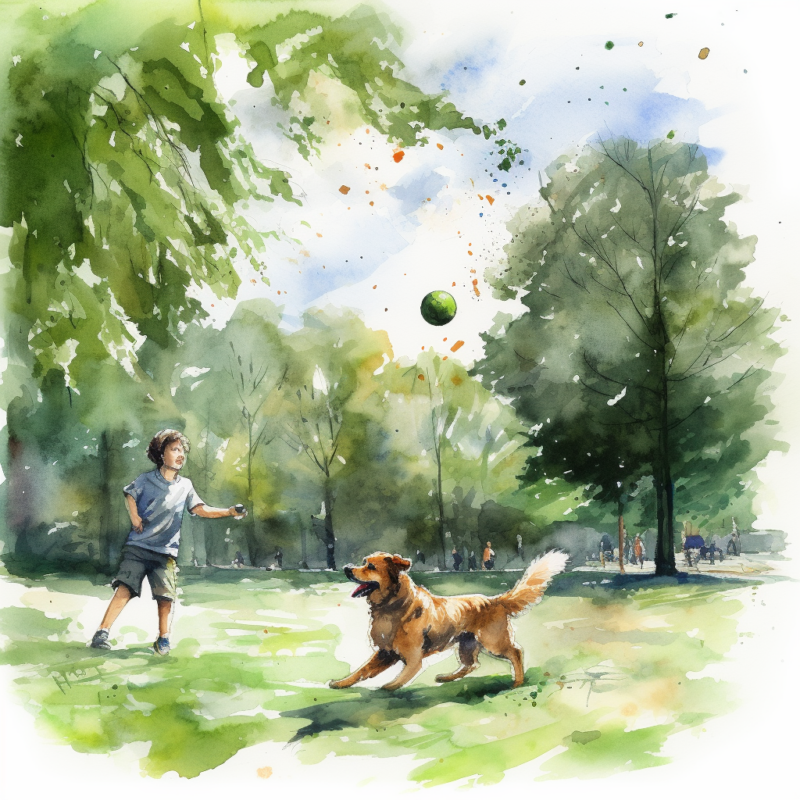
Keep Your Old Dog’s Mind Sharp
Preserving alertness in dogs is vital for their overall well-being, safety, and quality of life, especially during their old age. A keen and responsive mind enables older animals to react appropriately to their environment, engage with their surroundings, and maintain a robust bond with their owners.
Regrettably, as dogs get older and reach senior status, they may encounter cognitive decline, which impacts their alertness and results in behavioral changes. Here’s how you can help maintain and enhance your aging pet’s cognitive function while you care for your aging dog:
Socialization
Socialization is essential for keeping your geriatric dog’s mind sharp by exposing them to novel experiences, stimuli, and interactions, contributing to developing and preserving their cognitive abilities. It offers mental stimulation, builds confidence, improves problem-solving skills, alleviates stress, and fortifies the connection between you and your older animal. Consistently introducing your dog to new experiences and interactions will enhance their mental and emotional well-being. In addition, providing suitable senior dog food and addressing health concerns such as urinary incontinence can further support their overall well-being during their golden years.
Physical Exercise and Activities
Regular, age-appropriate exercise benefits your dog’s physical health and supports its cognitive function. Exercise increases blood flow to the brain and releases feel-good hormones, which can help keep their mind sharp. Various activities can help keep your dog’s mind sharp and enhance its cognitive abilities. Here are some ideas:
- Puzzle toys: Provide your dog with puzzle treat-dispensing or interactive toys that challenge their problem-solving skills.
- Obedience training: Regularly practice basic obedience commands such as sit, stay, and come, or teach your dog new tricks to stimulate their mind and reinforce good behavior.
- Nose work: Encourage your dog to use their sense of smell by hiding treats or favorite toys around the house or yard, and let them search for them.
- Agility training: Set up an agility course with obstacles like jumps, tunnels, and weave poles for your dog to navigate. This activity not only provides mental stimulation but also promotes physical exercise.
- Socialization: Regularly expose your dog to new environments, people, and other animals, which helps them build confidence and adaptability.
- Clicker training: This positive reinforcement method allows you to train your dog to perform specific behaviors using a clicker and treats. This activity can help your dog stay engaged and learn new skills.
- Interactive play: Play games with your dog, such as fetch, tug-of-war, or hide-and-seek, providing mental and physical stimulation.
- Brain games: Teach your dog to differentiate between their toys by naming each one, and then ask them to fetch a specific toy by its name.
- Rotate toys: Regularly rotate your dog’s toys to keep them interested and engaged in playtime.
By taking these steps, you can help maintain your senior dog’s alertness and cognitive function, improving their overall quality of life as they age and helping them live a fulfilling life in their golden human years.
Consistent Routine
Maintaining a consistent routine for your dog can help keep their mind sharp by providing stability and predictability in their daily life. In addition, a structured schedule helps your dog feel secure, reinforces their learning, and enhances cognitive function. Here’s how a consistent routine can benefit your dog’s mental health:
- Reduces stress and anxiety: Predictable routines can reduce stress and anxiety in dogs, as they know what to expect throughout the day. This sense of security allows them to focus on learning and retaining new information.
- Reinforces training and learning: Consistent routines incorporating training sessions, playtime, and mental stimulation help reinforce good behaviors and learning. Repeating these activities regularly will enhance your dog’s memory and cognitive function.
- Promotes healthy habits: A well-structured routine helps establish healthy habits such as regular feeding times, exercise, and bathroom breaks. These habits contribute to your dog’s overall well-being and help keep their mind sharp and alert.
- Builds trust and bonding: Consistent routines help build trust between you and your dog as they come to rely on you for their daily needs. This bonding experience strengthens your relationship and positively impacts your dog’s mental health.
- Enhances adaptability: Although routines provide predictability, they can also help your dog adapt to environmental changes. A dog used to a consistent schedule will be better equipped to handle new situations and adjust to changes more quickly.
Increase Grooming Frequency
Frequent grooming is essential for a senior dog’s health and well-being, providing numerous benefits that help maintain its overall condition. Here’s how frequent grooming can help improve a senior dog’s health:
- Promotes skin and coat health: Regular grooming helps remove loose hair, dirt, and debris from your senior dog’s coat, preventing matting and tangles. This process also stimulates the production of natural oils, essential for maintaining a healthy coat and skin.
- Prevents infections and parasites: Grooming allows you to check for any signs of skin infections, sores, or parasites like fleas and ticks. Early detection and treatment of these issues can prevent more severe health problems from developing.
- Supports joint and muscle health: Grooming sessions often involve massaging and brushing, which helps improve blood circulation and stimulates the muscles. This can be particularly beneficial for senior dogs, as it can help alleviate joint pain and stiffness associated with aging.
- Reduces stress and anxiety: Many dogs find grooming a soothing and relaxing experience, which can help reduce stress and anxiety levels. For senior dogs, maintaining a calm and stress-free environment is crucial for their overall health and well-being.
- Enhances bonding: Grooming is an excellent opportunity to bond with your senior dog, allowing you to spend quality time together while providing essential care. In addition, a strong bond with your pet can improve their overall happiness and mental health.
- Facilitates early detection of health issues: Frequent grooming allows you to closely monitor your senior dog’s physical condition. This enables you to detect any changes or potential health concerns early on, such as lumps, bumps, or sudden weight loss, leading to prompt medical attention and treatment.
- Improves hygiene: Regular grooming helps maintain your senior dog’s overall cleanliness, reducing the risk of infections and keeping them comfortable.
By incorporating frequent grooming into your senior dog’s routine, you support their overall health and well-being and strengthen the bond between you and your pet, ultimately helping your senior dog to live a happier life.
Frequently Asked Questions
Disclaimer: The information provided on this veterinary website is intended for general educational purposes only and should not be considered as a substitute for professional veterinary advice, diagnosis, or treatment. Always consult a licensed veterinarian for any concerns or questions regarding the health and well-being of your pet. This website does not claim to cover every possible situation or provide exhaustive knowledge on the subjects presented. The owners and contributors of this website are not responsible for any harm or loss that may result from the use or misuse of the information provided herein.

